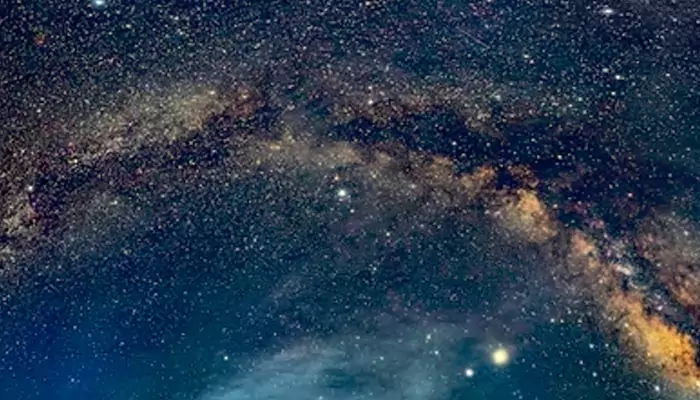
There is something absolutely magical about stargazing in summertime.
Among multiple celestial wonders like bright nebulae, star cluster, and constellations, one of the best summertime treat for stargazers has to be the Milky Way.
Recently, astronomers have discovered two most ancient streams of stars Shakti and Shiva, named according to the Hindu mythology. According to scientists, the inception of these Shiva and Shakti happened nearly 12 billion years ago, the time of Galaxy’s infancy.
Do you wish to observe the milky way in the night sky? Here is the essential tips for observing milky way and click astonishing photographs.
Moonless summer night is the best time to observe the Milky Way. As we face the galactic center during June to September, this is considered the best time to observe milky way. For people in Northern Hemisphere, the Milky Way goes through eight important constellations like Sagittarius, Scorpius, Aquila, Cygnus, Perseus, Cassiopeia, Auriga, and Gemini.
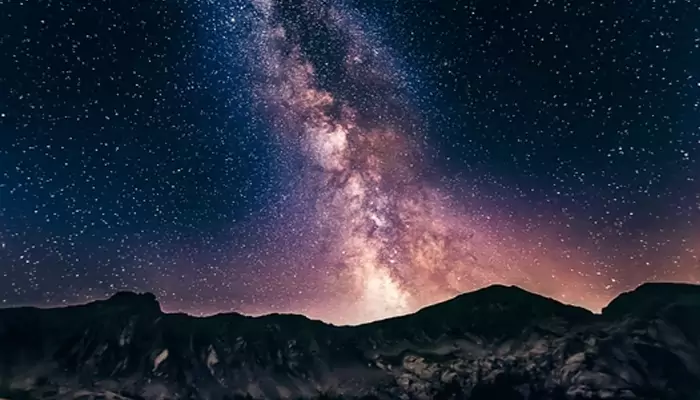
Go Away from City: You cannot watch milky way if you are staying in an urbanized area. You have to go far away from there with less pollution.
Choose a Moonless Night: The best time to observe milky way is to choose a Moonless night. You may select waxing or waning crescent phase of the moon. This will allow you to view nightsky for a longer time. It's always preferred to have own telescope.
Weather Forecast: Don't start your adventure without checking the weather you are planning to go for viewing. Keep an updated version of any weather app in your phone.
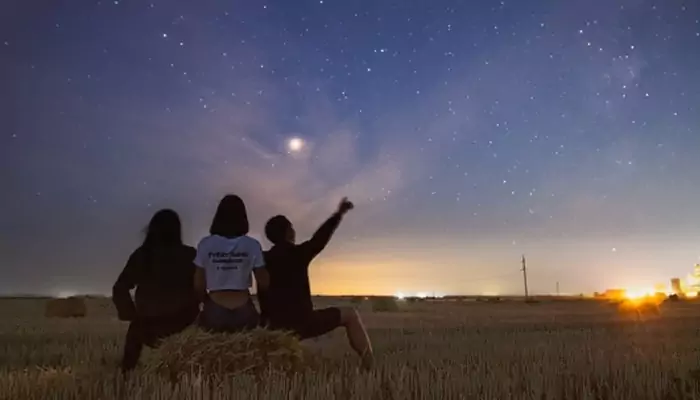
Other Essential Items: Viewing night sky or Milky way must be peaceful and in a relaxing environment. Carry a reclining camping chair for a comfortable viewing experience. Furthermore, choose your dress code smartly for a summer night. The temperature may drop at any time of summer night, thus, it's better to carry a light jacket. Keep bug spray handy as you cannot predict which insect you may encounter in night. Moreover, you may also carry music system and play soulful instrumental. Due to warm weather, consuming plenty of water is a must.
Use an Advanced Camera: For capturing nightsky, you need an advanced camera with full manual exposure control of aperture, shutter speed as well as ISO. For that purpose, you need a DSLR or a mirrorless camera. You may buy an astro-camera of a renowned brand.
A Fast Lens: For astrophotography, it's essential to have fast-aperture wide-angle lens. You need fast prime lenses for an astonishing click of milky way.
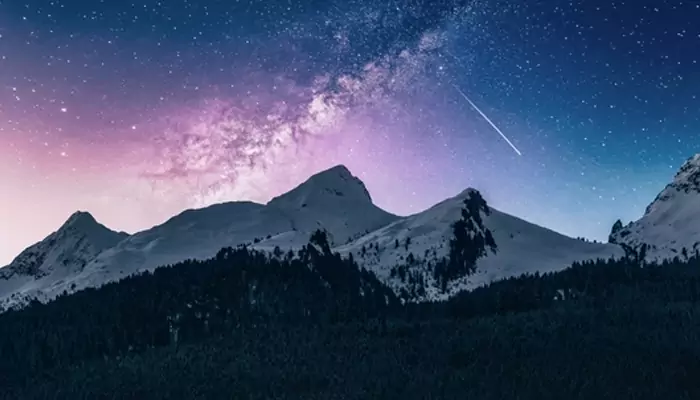
Sturdy Tripod: This is a must for good photography. For capturing milky way, you need to shoot long exposures, sometimes more than 15 seconds. For this purpose, sturdy tripod is a must. You may also have to experience mild wind, so make sure a good tripod is always with you before adventure.
Sky Map App: For a good long-distance photography, you must know the location of the object clearly. Any sky map app may guide you in clicking the best shot.
Flashlight: We know the importance of flashlight in night. It has been used for centuries. Apart from finding a a good spot for observation and photography, flashlight can be useful for light painting, if you have exciting foreground elements.
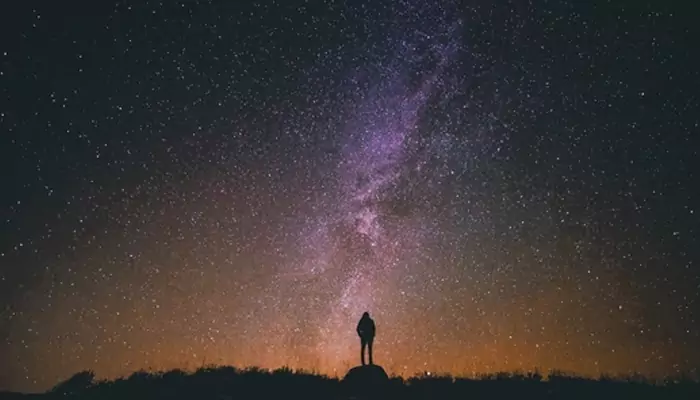
In India, the best places to observe milky way are Ladakh, Spiti Valley, Kodaikanal, and Coorg.
Milky Way is truly an amazing celestial sight to behold. It should be on your bucket list to observe the grandiosity of the Universe in your own eyes! Happy stargazing!